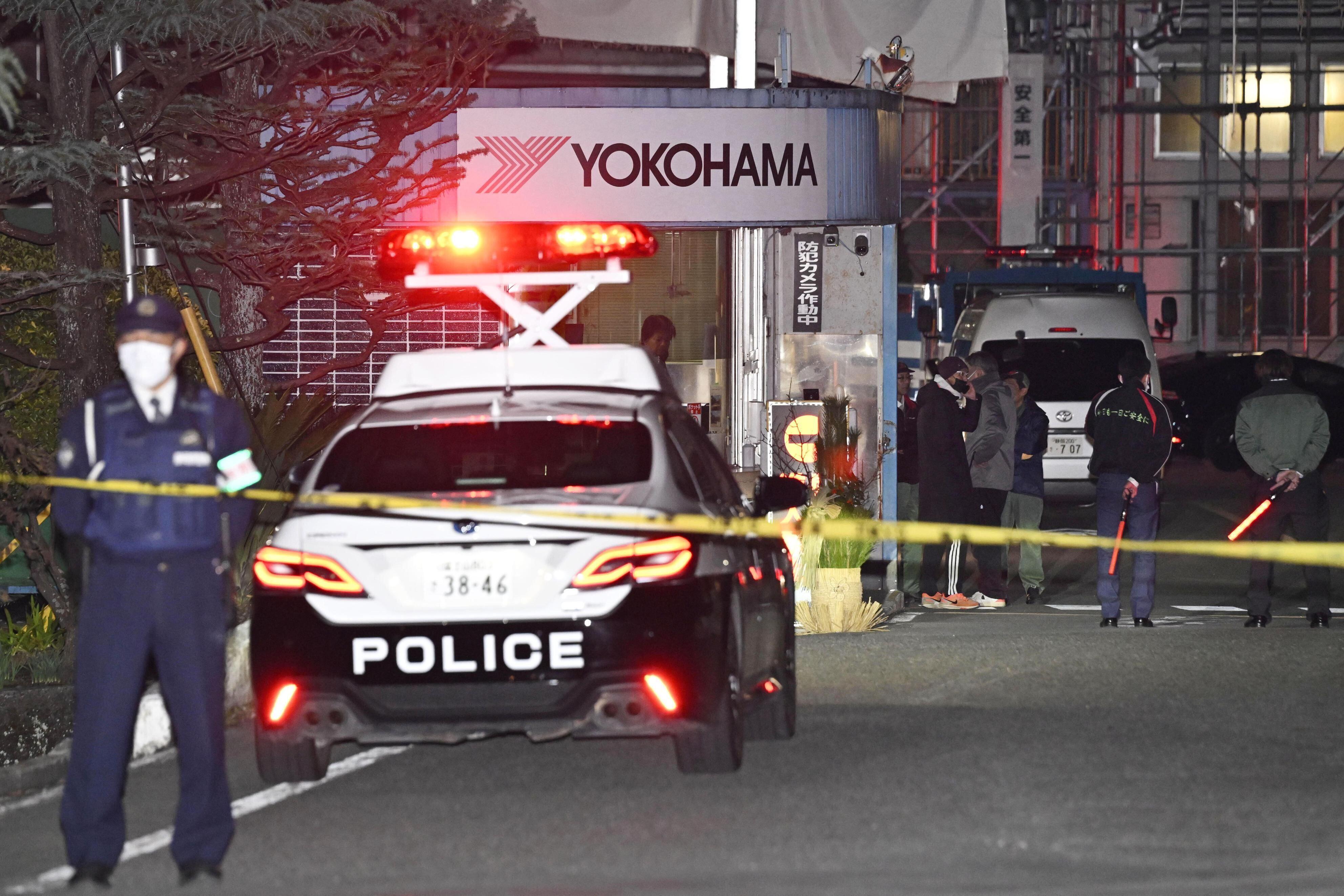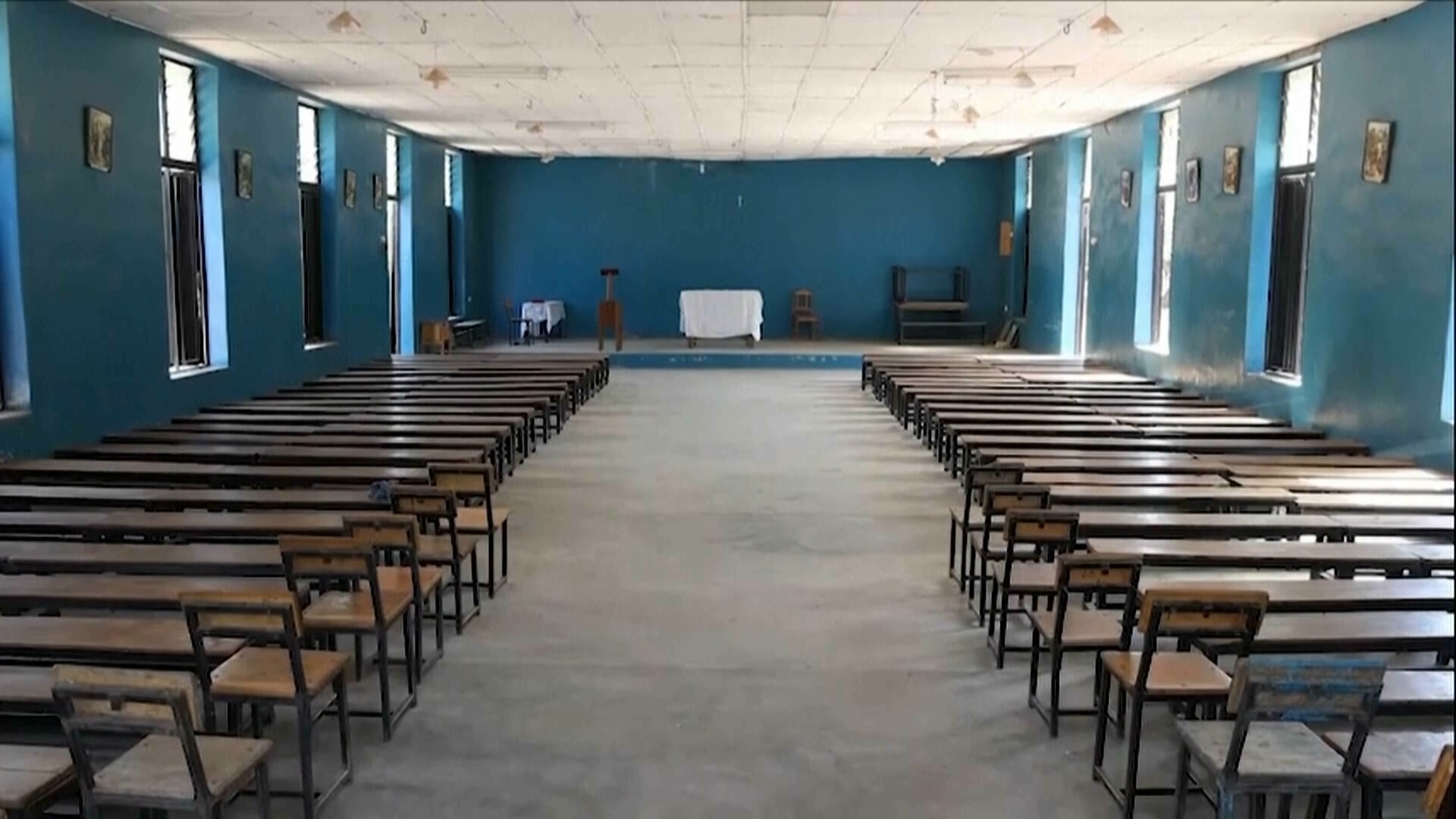As climate change cranks up the heat in New Orleans, so goes the electric bills.
"Retirement salary, $500 electric bill, not happy," resident Corbie Johnson said.
This is not a new tune for Johnson and others who live in New Orleans.
"My electricity went up and up with solar panels. Now, I don't know why. I don't know how. Except all the taxes, all the stuff that's added to the bill. My actual electricity probably is $80 or something like that."
According to The National Academies, temperatures in New Orleans increased by over 2 degrees from 1991 to 2020. Higher emissions could boost temps by another 5.8 to 9 degrees by late this century.
And, mother nature is getting some help from the city itself. New Orleans is an urban heat island.
Cities produce a lot of heat and they also trap a lot of heat, because of concrete and other hard surfaces. You know, we remove vegetation and replace it with parking lots; and then there's air conditioners and boilers and stoves and things that create a lot of heat.
New Orleans tops Climate Central's list of 159 U.S. cities with the worst urban heat island effect.
In the summer, the average temperature is 16 degrees hotter than in rural areas nearby.
That extra heat adds up to higher energy bills, and that creates a difficult choice for many low-income families in Louisiana.
"If you're a single parent raising a child right now you have to make a decision: Pay the bill or feed your children," Johnson said.
It's not just the heat fueling electric bills.

New Orleans seeing more hurricanes, flooding, extreme heat
As the climate warms, hotter air holds more moisture, and that could mean heavier rain, more flooding and stronger storms for New Orleans.
Louisiana residents are paying restoration fees from past storms.
"We have to help Entergy get their money back from what happened with Issac. So that's a part of the bill. We have to pay for the electricity or whatever they use—that's not what we actually use but what they send to us. So that's a part of the bill. There's a few other things that's added to the bill besides taxes. And those things are also added to your gas."
Entergy is one of the major electric and gas providers in Louisiana. It provides electricity to 1.1 million people in 58 parishes.
In an FAQ on Entergy's website, charges include fees from the 2020 hurricanes, 2021 winter storms, and Hurricane Ida. Plus, Hurricanes Gustav, Ike and Isaac. It says customers will see about a $9 increase on their bill.
And those fees may go up. New Orleans is expected to see more frequent and more intense storms as ocean temperatures continue to rise.
The National Academies of Sciences predicts sea level could rise 3 feet between now and 21,00. That would submerge the edges of the city.
"This isn't our first rodeo, we've had a lot of storms before," Reserve resident Mary Hampton said.
Forty-five minutes west of New Orleans, the impacts of sea level rise are a concern. Reserve, Louisiana sits directly on the Mississippi River. And many in St. John the Baptist Parish don't have home insurance.

Habitat For Humanity: Rebuilding New Orleans After Katrina
After Hurricane Katrina, many New Orleanians were looking for a pathway home. Some found that pathway with Habitat for Humanity.
"They dropped everybody. Everybody got dropped," Hampton continued. "My insurance got canceled in July was the last day — it folded it up. A man told me I needed to get $5,000 to go with what I had for the end of the year and they are going to change. I don't have $5,000! So I'm sitting here without insurance right now. There's nothing you can do but get your hammer and nail, and hope you've got a roof to nail it under."
According to the National Oceanic Atmospheric Administration, 62 hurricanes have hit Louisiana since NOAA began keeping records more that 170 years ago. It ranks third among states that have been hit by hurricanes the most, making the state difficult to insure.
Citizens, a last resort insurance company in Louisiana, raised their rates by a whopping 63% on January 1.
"My insurance agent told me that I can continue to wait, they're trying to get more companies. But they haven't been able to get companies that are going to insure us," Hampton said.
And for a state that is vulnerable to hurricanes and urban flooding, that's a problem. For Madeline Bachemin, every time it floods, it's like a hit and run.
"Since I've been in this particular neighborhood — I think about over 20 years — from each bad storm, my house has flooded," Bachemin said. "Every time it floods, I might get it and I have to leave the city. And as you get older, you get tired of running. It's like we got to run because you just don't know what to expect."
Between the heat, the flooding and the hurricanes, many communities in Louisiana are struggling to adapt. And they're relying on each other, not the state.
"All you can do, is be there for each other," Hampton. "That's all you can do."
This is Part 2 in a three-part series about confronting climate change. Click here for Part 1. Click here for Part 3.










